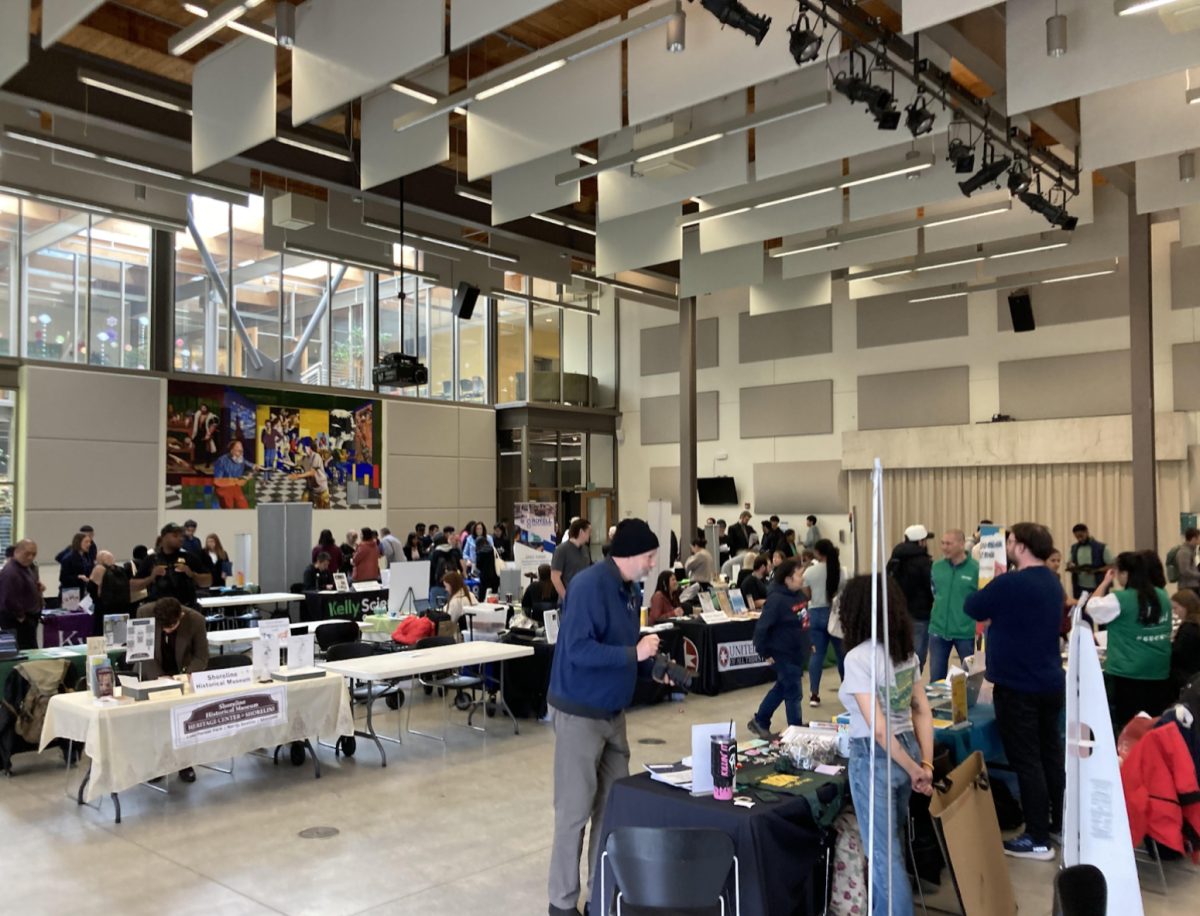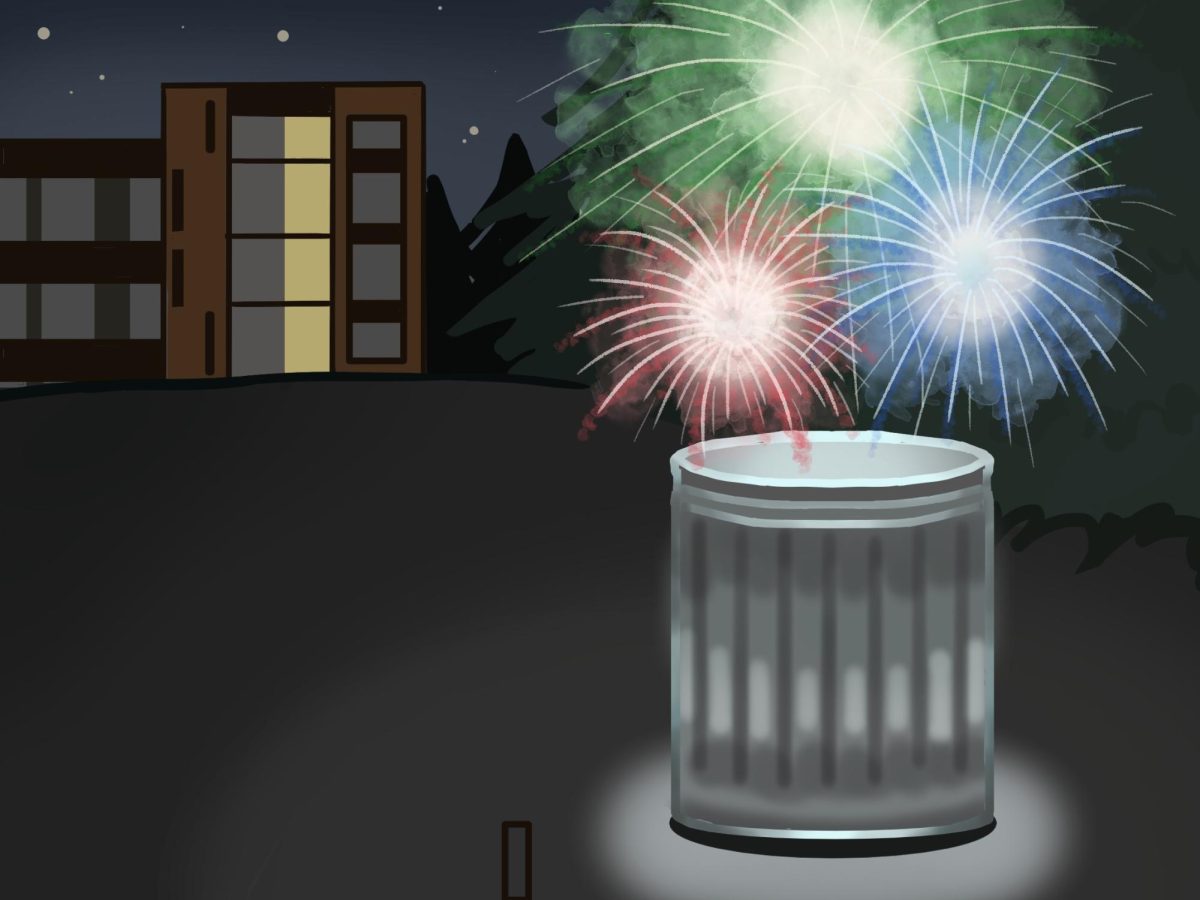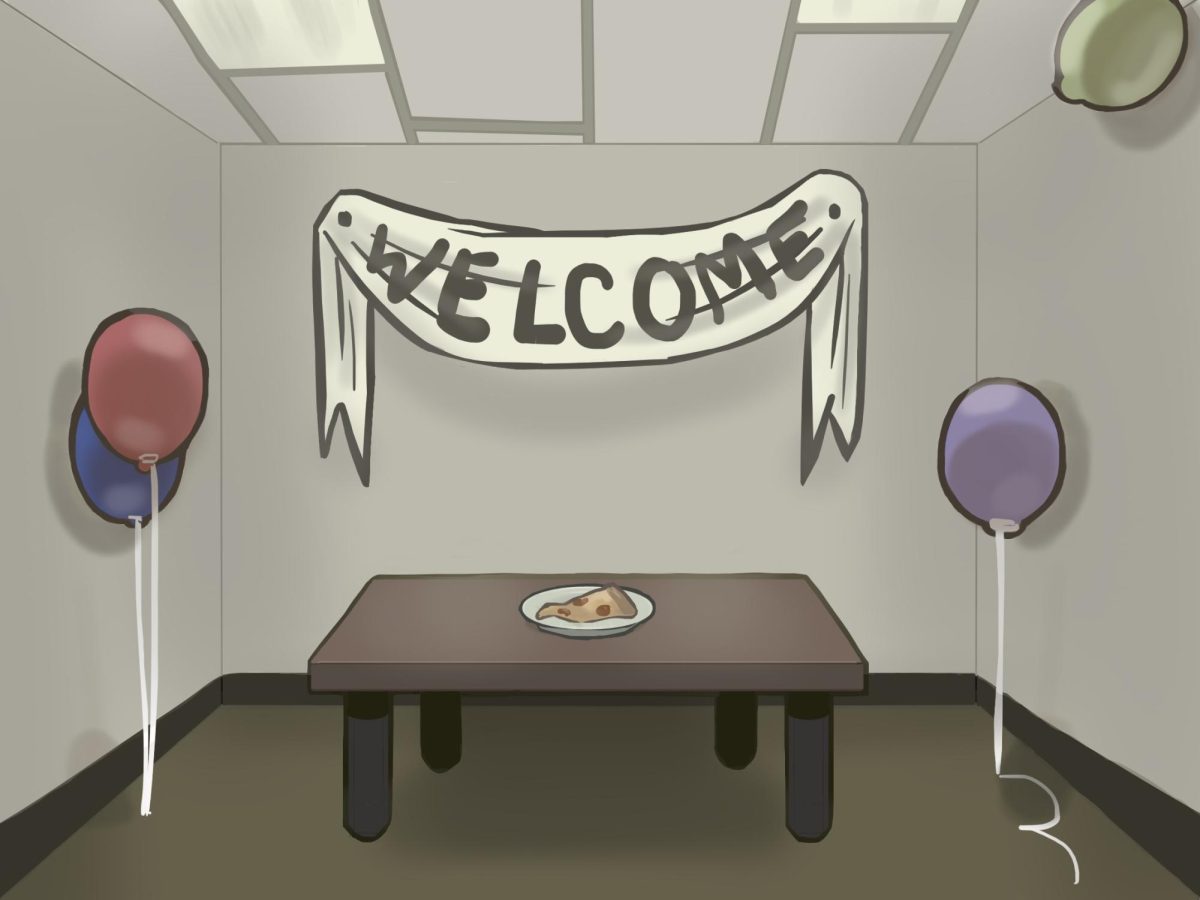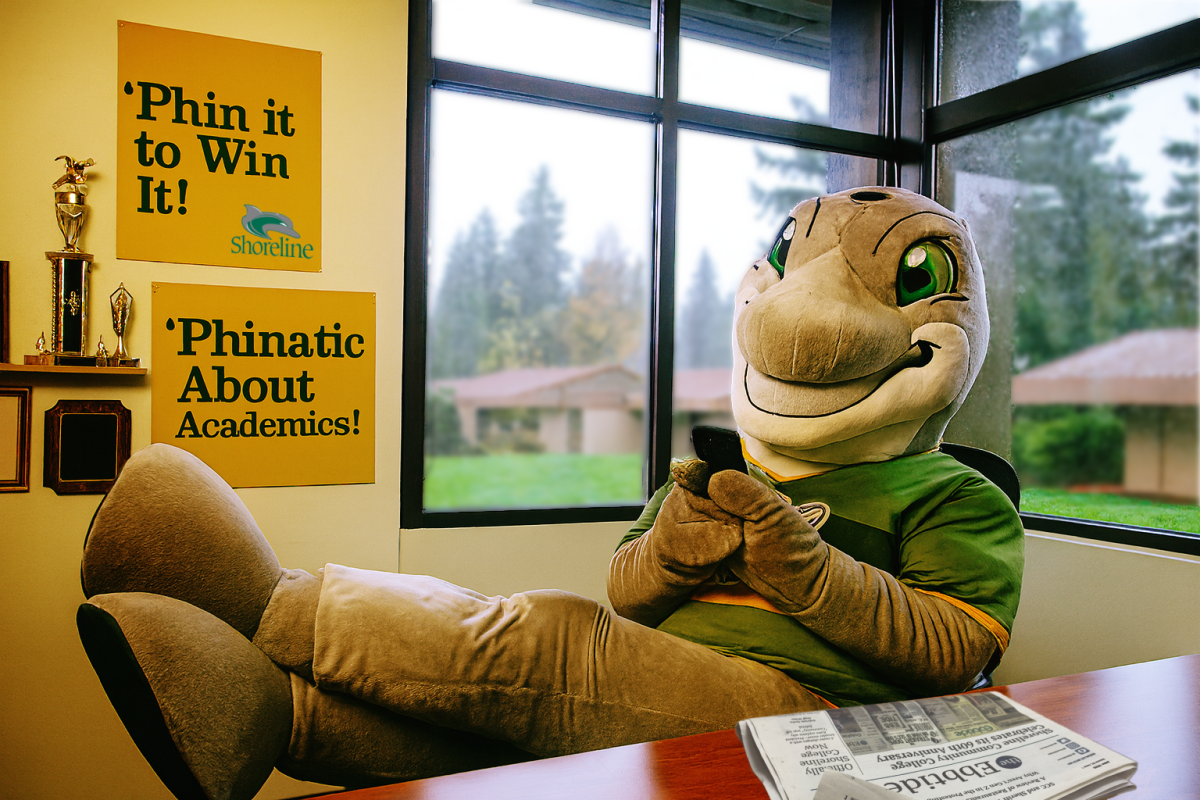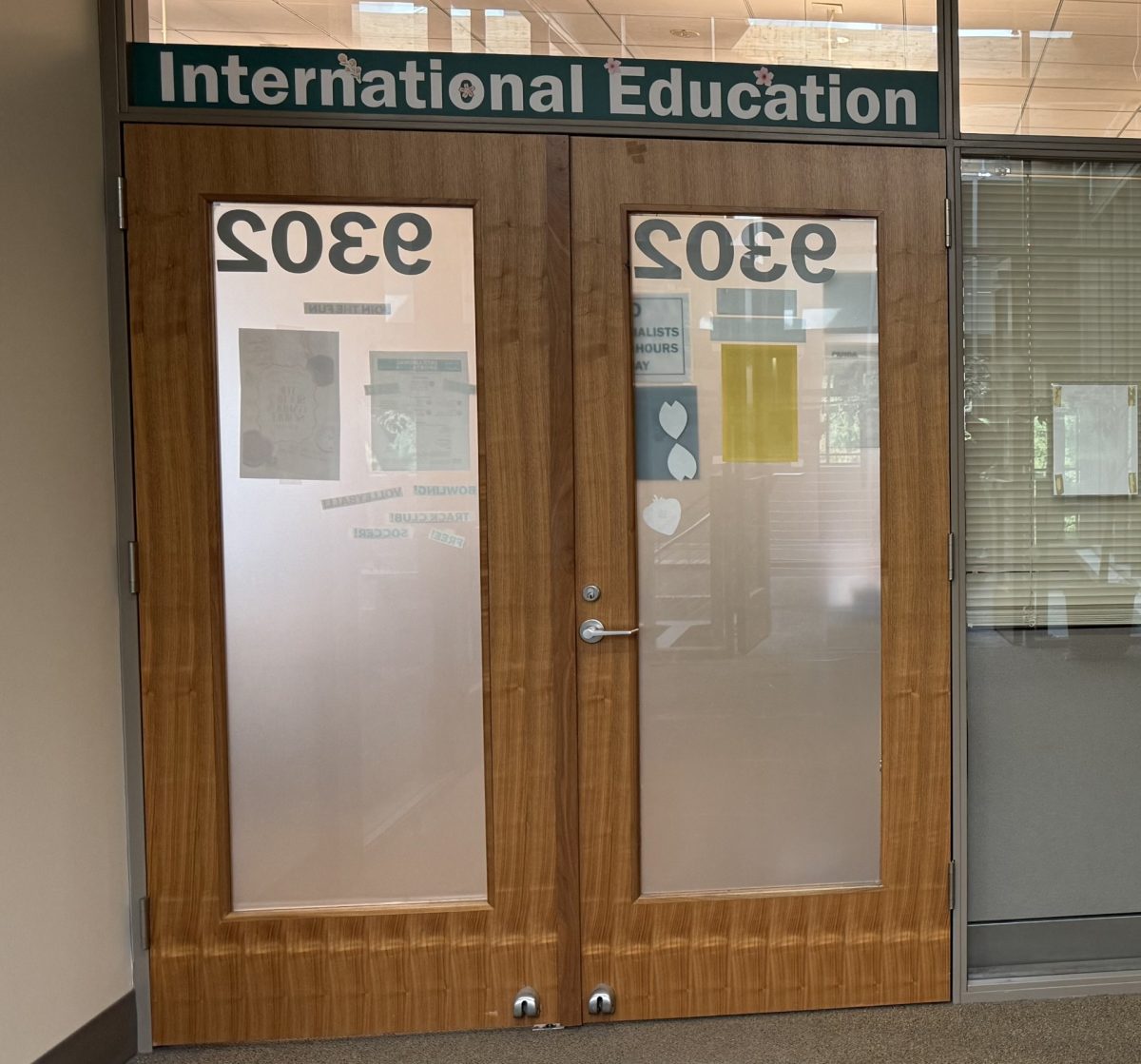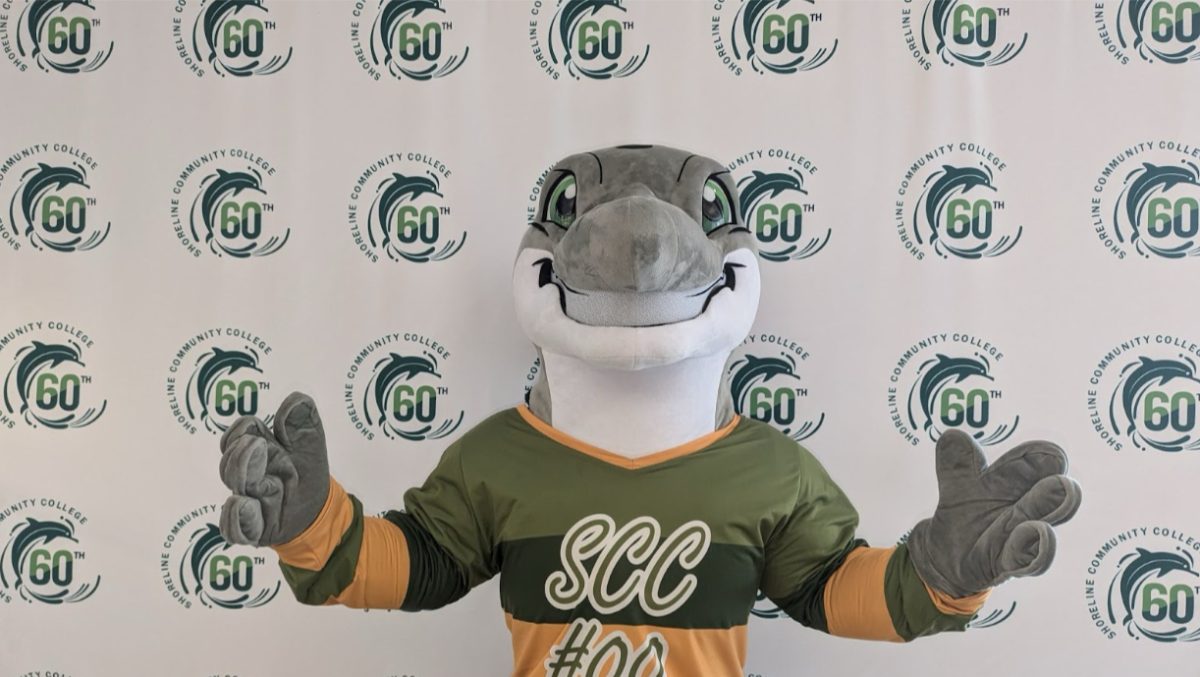INTERVIEW WITH THE FLAT-EARTH LEADER
Many of the leaders in the Flat Earth Society have backgrounds in engineering, computing and other intellectual disciplines.
The question remains: How can people who are otherwise level-headed and logical fall prey to what seems to be a ridiculous notion that contradicts the most understood principles of the universe? This is what the documentary “Behind the Curve” attempts to answer.
“Behind the Curve” came to Netflix in February 2019.
The film is an introspective piece about the fringe society of flat earthers, how they go about their business, what their motivations are and how they see the world around them. It’s also about the scientific community, how they feel about the “movement” and how society treats conspiracy theorists along with some ideas about how they should be treated.

I had the chance to speak with Mark Sargent, commonly referred to as the leader of flat earthers, who lives in the Seattle area — on Whidbey Island right off of Useless Bay Road and across the street from a church of christian science.
Being in the house of someone who believes beyond a doubt that the earth is flat and talking to them for more than two hours is a psychological journey that is beyond description. I can tell you that any doubts I had about people actually believing in flat earth got ripped away really quickly.
The Players
The film starts with Sargent, the self-proclaimed recruiter for flat earthers.
Sargent explains how he got into flat earth and how he rose to the top as a leader. He seems excited about his recent fame, and sees himself as a parallel to the character Tyler Durden from “Fight Club.”
The film centers around Sargent’s preparation for the first International Flat Earth conference in North Carolina. Other features of the film are Patricia Steer, a broadcaster for flat earth that shares a brief romance with Sargent but maintains a “professional” relationship with him regardless.
Bob Knodel and Jaren Campanella are two “scientists” in the flat earth society that conduct several not so successful experiments to prove the earth is flat under the group name “Globe Busters.”
Knodel is very covert about the results of his $20,000 gyroscope experiment.
In the film, Knodel says to another flat earther: “If we dumped what we found right now, it would be bad—what I just told you was confidential.”
Then there is the artist Chris Pontius, cashing in on the flat earth craze and creating objectively beautiful works of art portraying the earth as flat. He arrived at the convention on a wood panel electric motorcycle and sells his $500 to $5,000 models of the flat earth.
All of these characters have their counterparts in the scientific community.
Hannalore Gerling-Dunsmore is a Caltech astrophysicist that gives her opinions on many of Sargent’s theories and puts a few of his challenges to test.
Spiros Michalakis is the bleeding heart physicist from Caltech that believes the problem with conspiracies lies in scientists “pushing them to the fringes of society” instead of inviting them into the scientific community. Lastly psychologist Per Espen Stoknes reveals some insight into the mind of a flat earther.
The Gist
Although the film centers around the idea of people believing the earth is flat, the meat of the film comes from these characters talking themselves into a hole. What makes this film exceptional are the flat-earth leaders reactions to their own words when they realize they are being filmed for a movie and not just rambling into YouTube or preaching to the choir.
It is worth withstanding the first two thirds of the film even though it’s a little dry. The background stories are worth the last 30 minutes where everything comes together in a satisfying crescendo of comedy and introspection.
Once you get to know characters like Steer a little better, her moment of self-realization as she’s driving in her car and talking about the conspiracies surrounding herself is riveting. Another instance is when the director Daniel J. Clark takes all of Sargent’s analogies and flips them back at him from the other side: The look on his face is priceless. And finally there was the ending scene, seeing Campanella’s reaction when his experiment proves to him and the camera that the earth is round can only be described as bone-chilling justice.
Overall, the film delivers on all the avenues you would want for a documentary with total transparency and character development.
“Behind the Curve” reminds us that sometimes the craziest stories in this world cannot be made up.
About the Interview
Mark Sargent has a talent for jumping from one idea to the next without necessarily connecting his ideas. Due to this unusual constraint, the interview had to be distilled in order to fit into this story.
This transcript was edited by the Ebbtide in order to remove some unnecessary filler words. Most of his grammar has been kept to retain Sargent’s speaking style.
The Interview
Mark Sargent: “Can I prove to you that it’s a flat earth right now? No, I cannot, but I can create so much reasonable doubt in this (globe), that you have nowhere else to go.”
Travis Tribble: What kind of work did you do before you discovered the flat earth?
“I did proprietary software training for the better part of 20 years. I initially was hired as a video game player back in the 90s for a small publishing house out of Colorado. I won this little tournament and made the video game book of world records and they hired me on the spot.
And so I went to these conferences made the games seem better than they were. You know, I was a ringer basically.
After that, I taught really complex software to blue collar workers around the country and some outside of the country.”
How did you watch the documentary “Behind the Curve”?
“I flew in for the premiere in Toronto. I was one of the first people to see it in a hotel. It was exactly, not exactly, but pretty, pretty close to what I, what I was hoping it would be, which was it was not going to be a propaganda piece.
So for us it is the biggest Trojan horse, a recruiting tool we could have ever asked for. Literally my emails, were doubled and conferences all of a sudden just start popping up ever since.”
What was it like seeing yourself through someone else’s lens or someone else’s eyes?
“Horrifying. It was weird, but at the same time, I thought it was honest. He caught most of the narrative that I wanted to get. And, for the most part, again, I thought it was an honest snapshot of the community at the time and the people he chose, most of them I would’ve chosen except for maybe Nathan Thompson.
But hey, it was an honest look at Nathan Thompson — mentally the kid’s really, really sharp. But he has no filter. Everybody else, it was a good honest look and I thought nobody was necessarily misportrayed.”
So Patricia was asked in the film what sources she trusts? And I wanted to pose that same question to you.
“That’s a tough one. All right, I’ll respond to this because her answer was actually pretty good.” (At this point in the interview, Sargent went on a rambling tirade about John F. Kennedy, Oliver Stone, Fox News and Neil deGrasse Tyson) “So, do I trust individuals? Yes. Do I trust industries that can be influenced in any kind of way? Not so much.”
In the beginning of the film they seem to focus a lot of it around a romantic relationship between you and Patricia?
“We had a little bit of a relationship, but they hyped it up — we realized that we were more teammates. We were a better team than we were, that sort of relationship. Patricia and I have a great relationship. I talk to her every day and, and if something happens down the road, hey, great, we’re in fact we’re going to the New Zealand conference together the end of the next month.”
During the chemistry on tap scene, Physicist Lamar Glover said “We leave bright minds to mutate and stagnate” in reference to scientific elitism. What do you think of that statement?
“Science has, they get to a point where they assume, how do I put this … Yes there are a few people in science that would like to reach out and bring people up to their level. It’s never going to happen. Science will not bend down an inch to do this because they spent too much time to get to where they are.”
He also said (about conspiracy theorists) “Their natural inquisitiveness and rejection of norms could be beneficial to science if they were scientifically literate.”
“(Laughter) The arrogance. I have learned more scientific factoids in the last five years than I think all my other years combined. I’ve got short list after short list, I mean you’ve heard some of them, I can rattle them off so … what was the first part?
Their natural inquisitiveness and rejection of norms could be beneficial to science…
“That’s saying you could absolutely help us if you followed our rules. They don’t question their own doctrine.”
During the convention, a kid asked you a question about how high the dome above the flat earth model was and you commented on his age instead. Did that kid ever get his question answered?
“Yeah, yeah, yeah. I rattled that off to him.”
How high is it?
“Anywhere from, I dunno, few hundred kilometers to several thousand kilometers — we don’t know for sure. The lowest I think would be like 400 kilometers, 500 kilometers, because that’s when the high altitude, atomic weapons tests were done from 58 to 62 between the United States and Soviet Union.”
What did you think of Jaren’s light experiment at the end of the film?
“You mean the experiment at the end of movie? Yeah. Yeah. No fricking idea. No idea. Not a clue.”
Okay…
“But no flat … no flat earther has walked away from it. I know that.
If there was a problem that was totally, uh, that it completely wiped out the flat earth, everyone would’ve walked away. Absolutely. And they didn’t. So why not? Because we had already shown many, many times in other areas. So there was there some mistrust with the director? Yeah, sure. That’s all I got.
“It sounds like a cop out, but like anything, you know, I minimize any damage and maximize other things if I can.”
Would you say that from a scientific standpoint there is no damage or promotion of a theory but instead just information together and look at?
“That’s a very nice way of saying it, but yes. Yeah, not to say we created this adversarial relationship with science. What we have. But it’s mostly to call them out more than anything. You know, we’re trying to engage the target and it’s so rare that we can actually do with that. Uh, it’s nice when we can.”
You’re saying science is a target?
“In any sort of story, you have to have a protagonist and an antagonist. Right? Do you have to have a villain? What villain do we use? In fact, it was frustrating for a documentary because every scientist in there was so affable, everyone was smiling for the camera.
“So we, yeah, we try to make, and so when we looked at the film, yeah, we saw the scientists, even though they were smiling as the villains. As much as I know you’d love to bridge the gap, there are more scientists out there which are trying to rally their troops to, and I know I use military terms, but that’s what we’re kind of talking about here. They’re trying t-t-to launch some counter attack because they know our numbers have gotten so big that they, don’t know what to do with it.”
So you’re looking for a story, I guess, is what I’m gathering from this?
“No, no, no. But the story helps the narrative, boy that’s redundant, but you know the story, the story helps people get engaged and that is okay, we’re in flat earth, we’re trying to do this. Do we have anybody against us? We: yes. Who are they? Okay. Well if these people, and I even made early on, I made Joe Rogan and Neil (deGrasse) Tyson, you know, the villains as best I could.”
So the way to gain flat earthers is to have that narrative of good versus evil?
“Yes. And … but that’s with anything though.”
But if it was taken away and given as more of a dry scientific standpoint, you think that it wouldn’t have as much traction or growth?
“Yeah. Well, yeah. And in fact, because science is naturally dry, they are, I mean, come on, the personality types in the scientific community and any scientific guys with a personality are few and far between.”
So who would you say science has as their “villain” for their narrative then?
“Their villain right now?”
So Neil deGrasse Tyson is a scientist and you say he’s giving a narrative, right?
“Yeah.”
Who’s his villain, who is science’s villain for their narrative?
“I don’t know. If there is a villain that’s going to be created down the road, it’s probably going to be me, which is fine, you know, I don’t mind. No, I’ve been kind of waiting for it anyway.
“So I have to, to come up with like a Dr. Evil suit or something and yeah, no, seriously. I mean, you know, let it and let it happen. If that, that’s what they want to do. I don’t, I don’t mind.”




